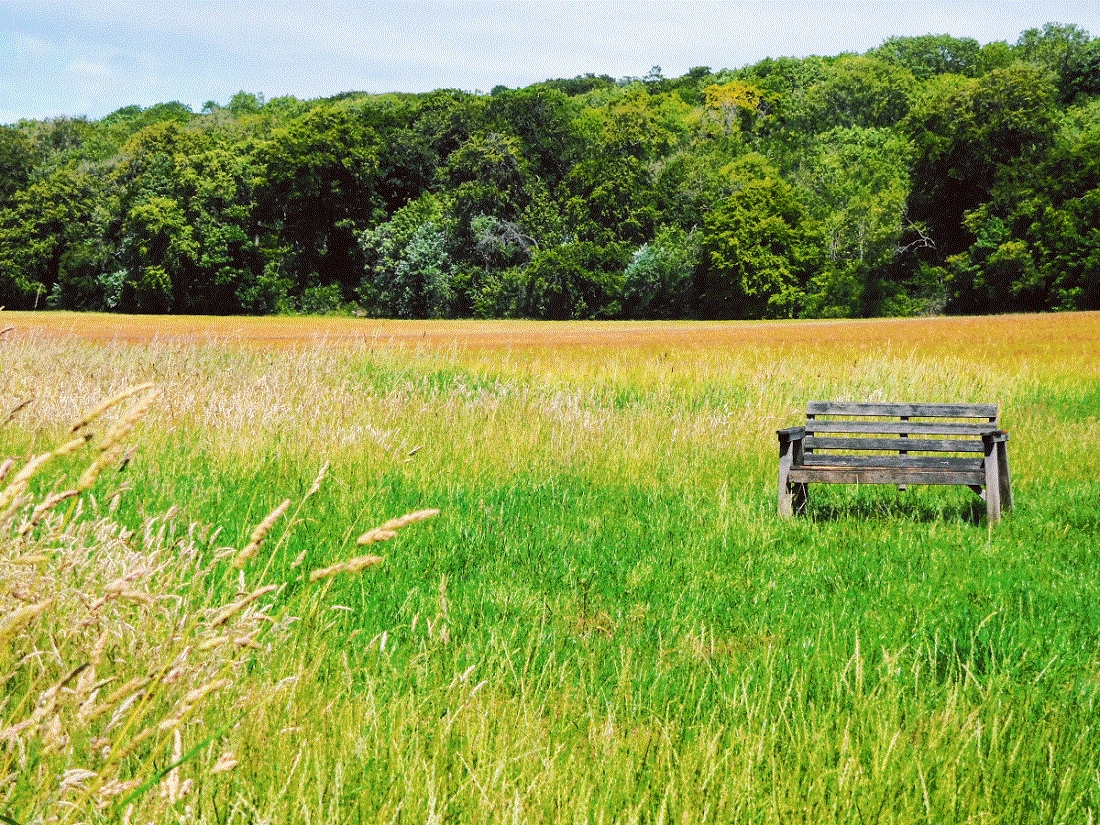Hi my lovely readers!
I love British history and especially the grand country estates. There are hundreds scattered across the country and last year I was drawn to the Victorian country estate Audley End House and Gardens in Essex.
Audley End is managed by English Heritage and my membership allowed me free access to the site. I managed to squeeze in a cheeky visit just before we entered lockdown again here in the UK back in October 2020.
BRIEF HISTORY OF AUDLEY END
Audley End once used to be one of the greatest houses in England around the early 17th century. It was originally the site of Walden Abbey, a monastery, which was dissolved and gifted by King Henry VIII to Lord Chancellor Sir Thomas Audley in 1538. Hence, this is where the house gets its name from. He converted the abbey into a modest house.
The house played a key role during the reign of Queen Elizabeth I. She stopped at the house during her Summer Progress of 1578 and many scholars and writers visited Audley End to write papers, speeches and get some inspiration for their works.
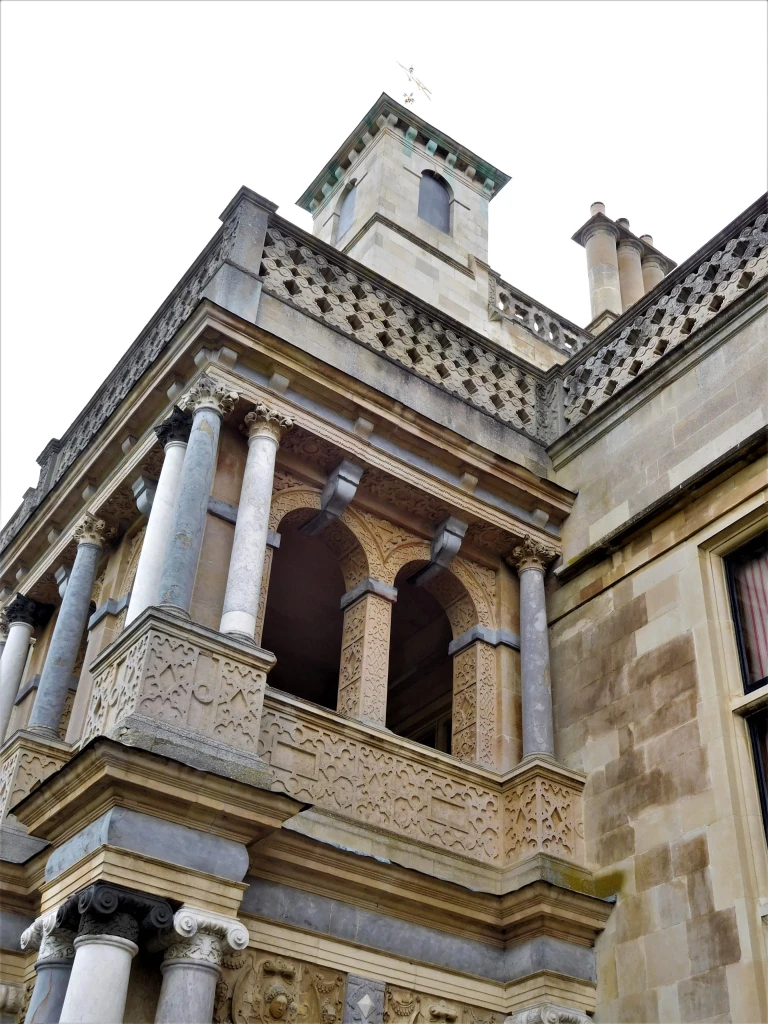
Thomas Howard, 1st Earl of Suffolk demolished the original house and rebuilt Audley End on a much grander scale, that of a palace in fact. He was Lord Treasurer to King James I and took over the land and estate created by his grandfather. 50 years later King Charles II bought the entire estate as a home for himself when he was attending the races at Newmarket as it was so grand, it was fit for a king.
However, the Howard family bought Audley End back at the beginning of the 18th century and started to reduce the size of the house and garden to a more manageable one, to the size it is today.
Capability Brown, one of the most famous and well known landscapers was brought in to completely transform the landscape and create one of England’s finest landscape gardens.
And in the 19th century the house was remodelled by Richard Griffin, 3rd Baron Braybrooke. He installed the picture collection found in the house, added furnishings and brought back to life its original Jacobean character, which can still be admired throughout the house today.
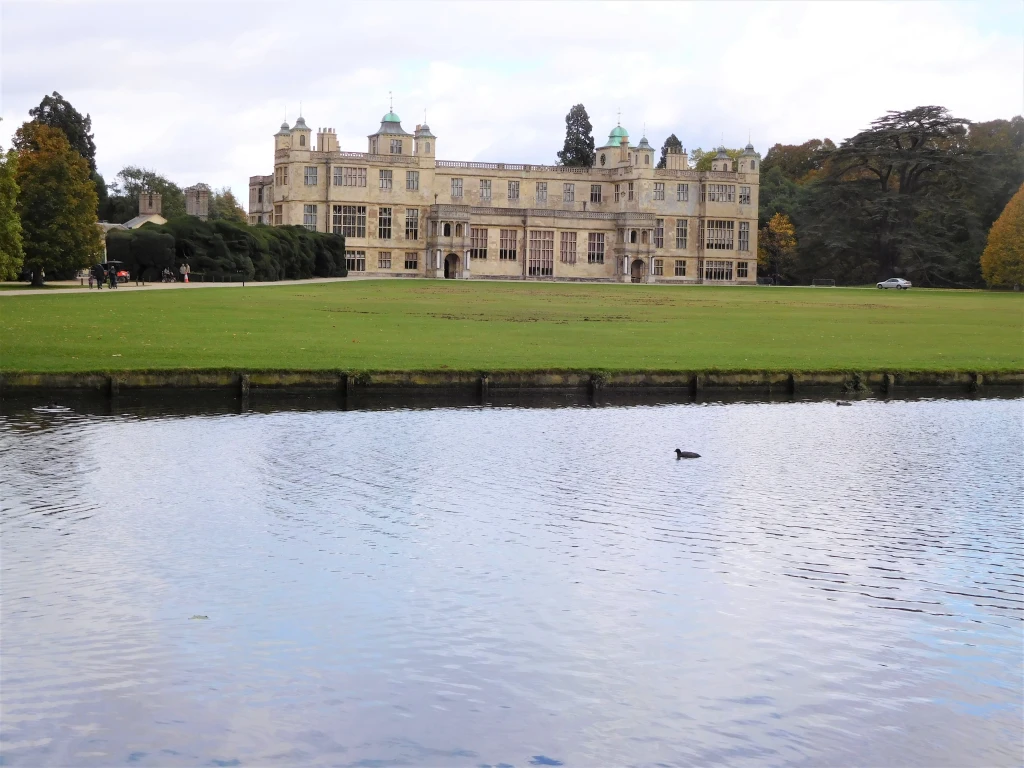
Audley End also played a more recent role in history. Polish soldiers were trained here in secret during WWII to be parachuted into the German-occupied Poland. A memorial dedicated to the 108 Poles who died can be spotted in the main drive.
After the war the house remained in the possession of the 9th Lord Braybrooke until 1948 when the house was sold to the Ministry of Works, the predecessor of English Heritage. Today, visitors are invited to view the house and gardens and explore Audley End with all that it has to offer.
THE HOUSE
Normally, I would share some pictures with you of the interior of the house, furniture, paintings and so on, but visitors are not allowed to take pictures inside Audley End House. The reason for this is that the majority of the collection is privately owned and the owners do not want people to share this contents basically.
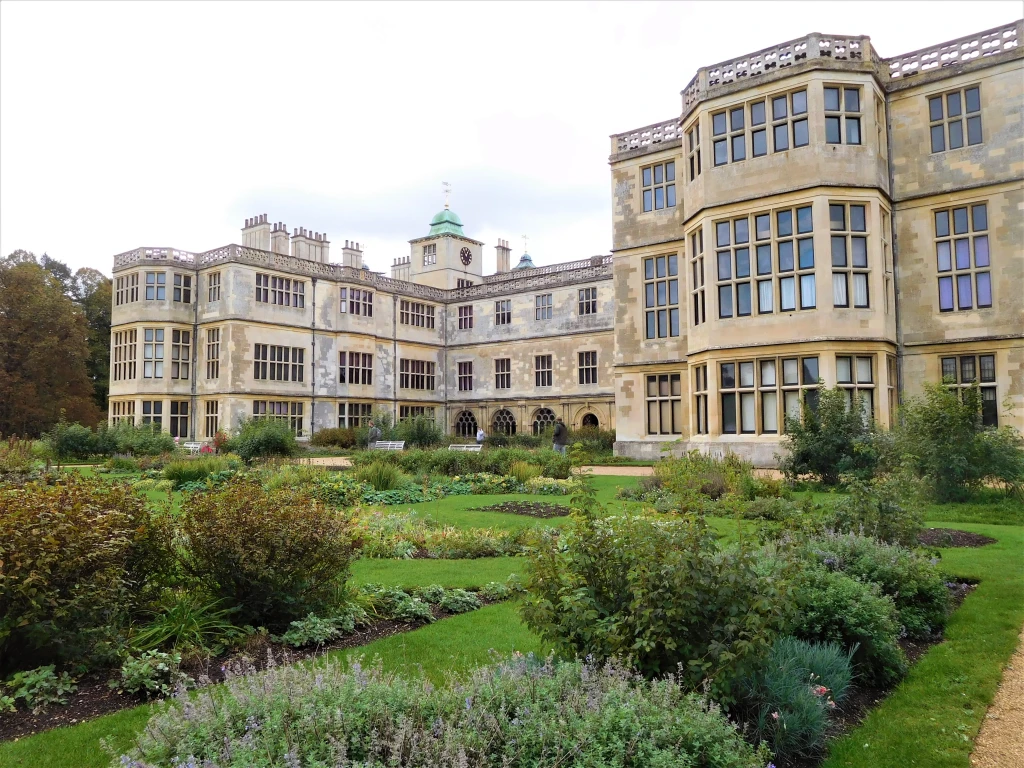
It is a shame as the house is beautiful. There are some magnificent wood carvings, a vast collection of paintings and what I was fascinated and super interested in a big taxidermy collection.
I guess you just have to go and see it for yourself if you can! 🙂
THE GARDENS AND GROUNDS
The biggest attraction is of course the house and its collection. However, Audley End has big grounds that house the dairy, laundry, kitchen and stables that are worth exploring.
They tell you more about the stories of the servants that used to work behind the scenes. You get a glimpse into their lives and what chores they had to do.
The Dairy
In the dairy, you get to learn how for instance butter was made in Victorian times. You can see the set up and some of the utensils that were used for the process in my pictures and there are some step by step guides, too.

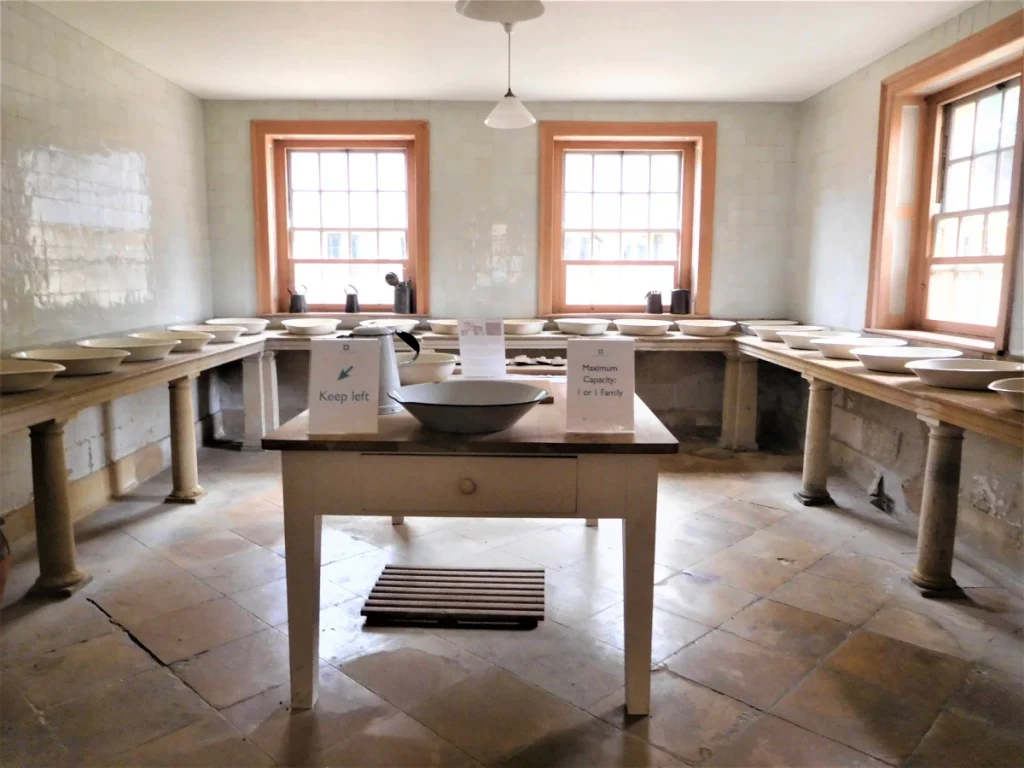

The Kitchen
In the kitchen you get to find out what delights such as pies and pastries were made and what the set up was, what pots and pans were used.
Outside you can see a small sort of gazebo with mesh. I have never seen anything like it before in other stately homes. This was used for hanging, drying and curing meats such as whole pig carcasses.
I guess you learn something new every day!
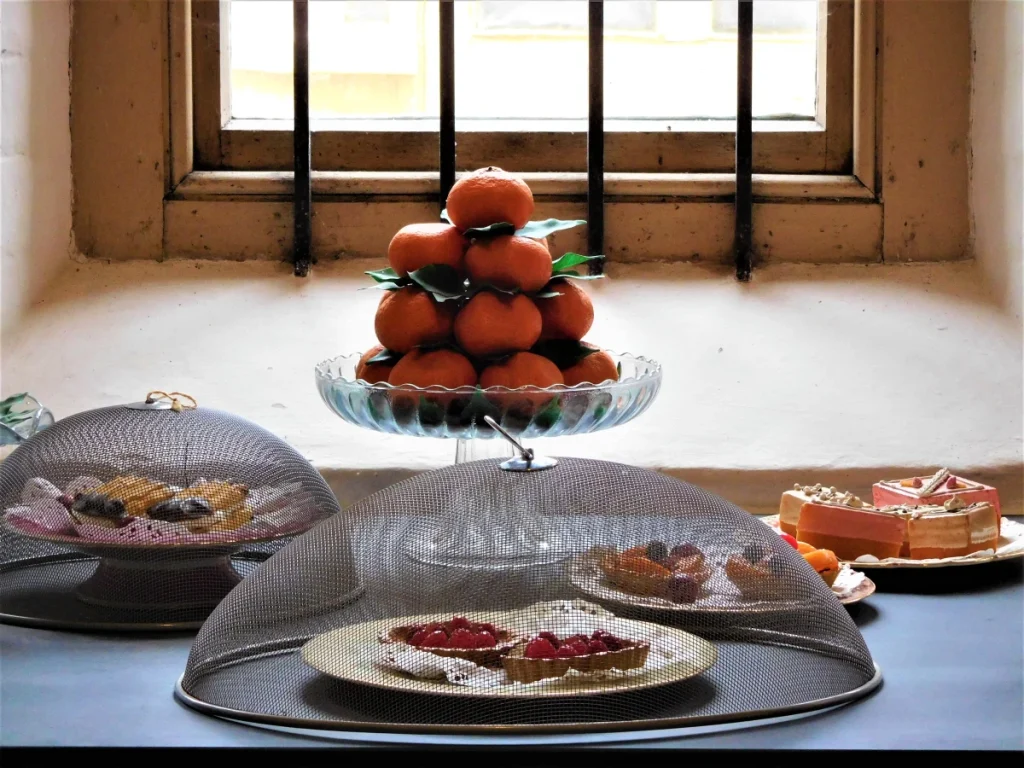
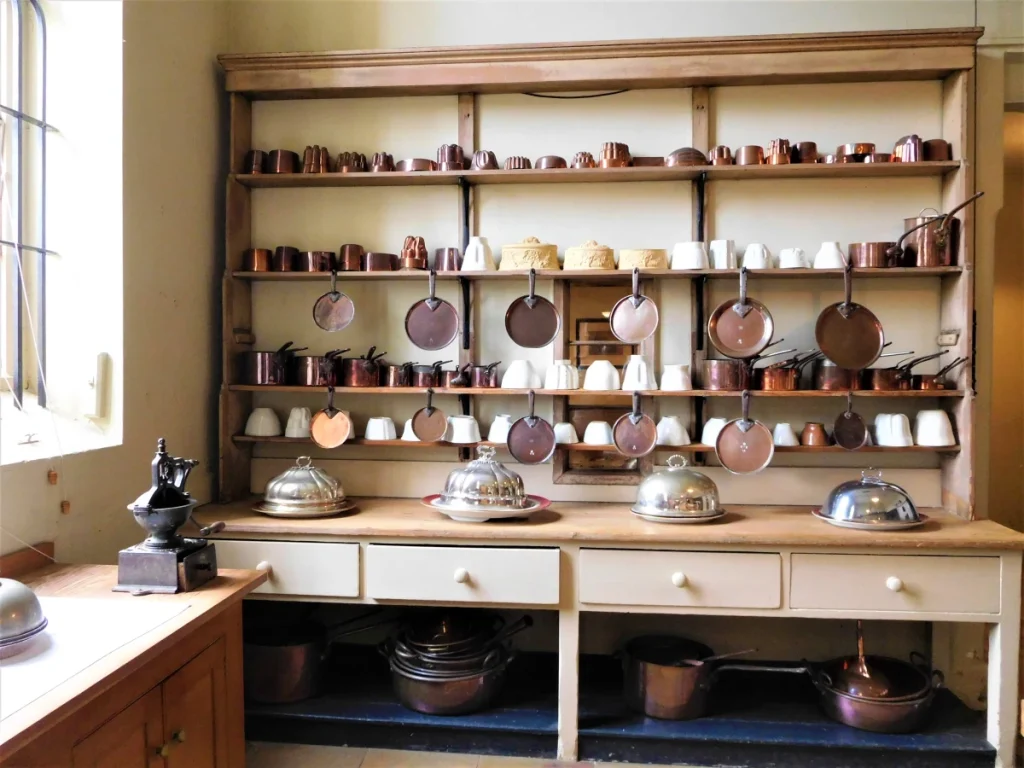
The Laundry
In the laundry you get to find out how clothes were washed, what sort of detergents and techniques were used to wash and dry the laundry as of course washing machines did not exist back then.
Also, really interesting for me was to find out how they pressed the laundry to get rid of all those wrinkles. Spoiler, they use a pressing machine.
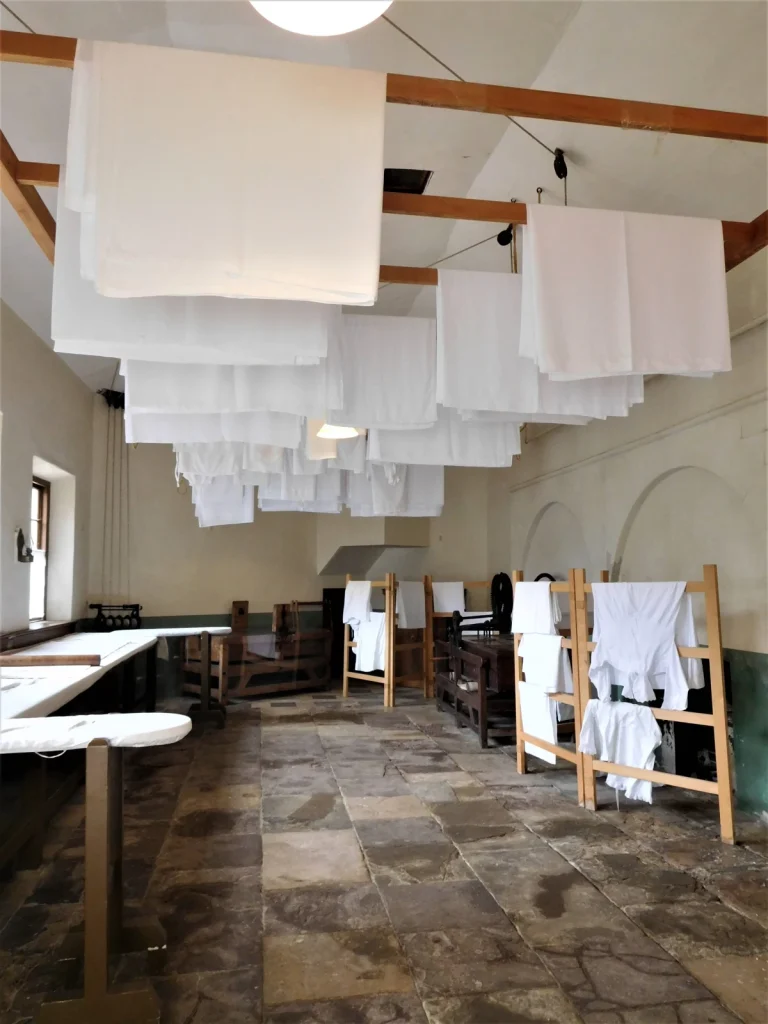
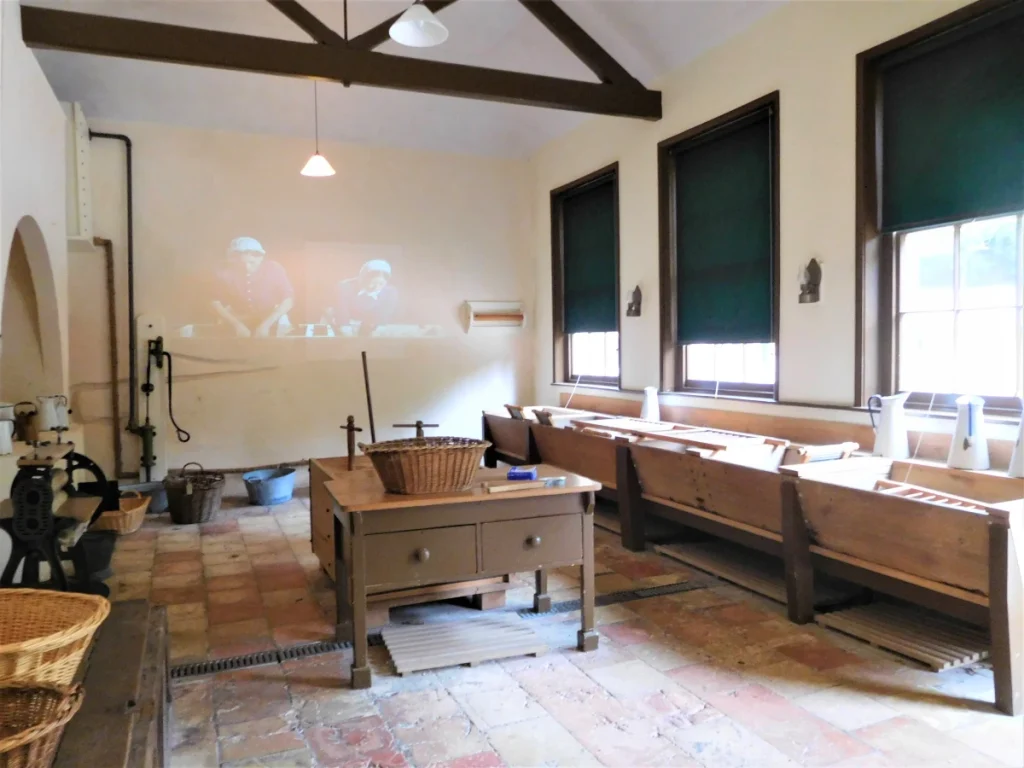
The Stables
The stables are located a short walk away from the house to the site. You get to see where the stableman lived and get to see some of the equipment he used to look after and take care of the horses.
You also get to see some of the old carriages and more importantly horses. Audley End still keeps horses on site and visitors can see them in action throughout the day.



The Garden and Grounds
And no country estate would be complete with huge grounds to stroll around. Audley End has a good variety of woodlands and open landscapes with great views, ponds and some landmarks.


Closer to the house you will find the walled garden with an abundance of freshly grown fruit and veg than you can even buy from the shop on site.
I bought some apples that came from the estate and they were super tasty and of course completely different than the once I normally buy from the supermarket. They were not costly at all and I was a bit sad after arriving at home that I did not buy more.

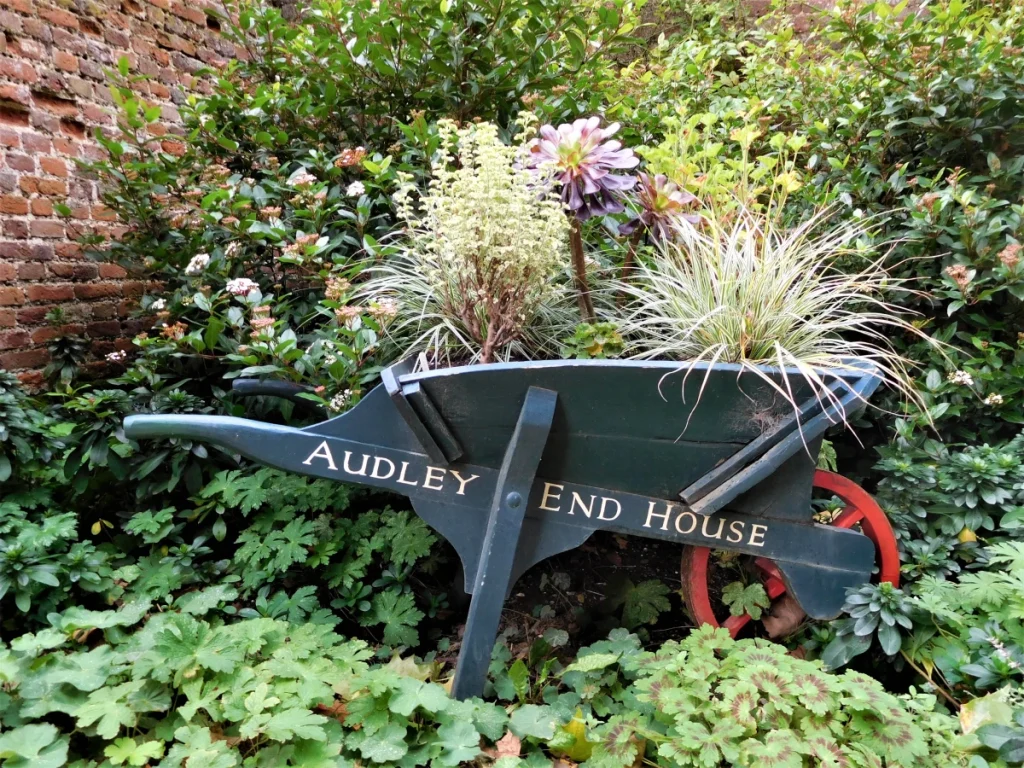

CAFE AND SHOP
As with the majority of English Heritage sites like this, there is a cafe and small shop on site close to the dairy and kitchens. There is also a restaurant in addition to the cafe that serves hot food.
A play area for kids is onsite and visitors are more than welcome to bring their own food and enjoy it in the picnic area.
Once more due to Covid, the cafe and restaurant was closed as well as the wooden play area. However, the shop was still open where I bought the delicious apples from.
- Opening times: Please check the website for now due to changing Covid restrictions. The house is closed at the moment due to Covid, but the gardens are open
- Admission: Adults £19.00, Children (5 – 17 years) £11.40, Concession £17.10, Free for English Heritage members
- For more information please visit: English Heritage
- How to get there: By car – Off London Road, Saffron Walden, Essex, CB11 4JF.Get of exit 8 or 10 on the M11, Audley End is 1 mile west of Saffron Walden on B1383. By Train – The closest train station is Audley End, about 1 1⁄4 miles walk away from the site. By Bus – Several bus companies have connections that stop within 1/4 miles of Audley End: Stephensons 6, 59 & 313; C.J. Myall service 101; 132 (Sun only); TGM 301 and Viceroy 34, 59, 590.
FINAL THOUGHTS …
I did enjoy my day out at Audley End as there was plenty to see and explore.
My favourite part must have been the taxidermy collection as there were so many different animals, especially so many different birds. I believe they are very educational, pretty to look at and they are a piece of art.
Additionally, I really enjoyed buying the apples from the estate. There is just something special about buying produce that came directly from those grounds and you get to support English Heritage with that purchase. It is a win, win.
I can imagine that it would be great to return there in the summer once life has gone back to normal to enjoy it some more, really take the time to explore the house and of course have a picnic.
If you are a historic geek, into architecture or are an art enthusiast, I believe this house is for you. I could have spend hours just in the entrance hall as it was so majestic and grand. The details in the wood carvings and the paintings collection is intriguing and you just do not know where to look next.
Conclusion, I definitely recommend a visit to Audley End!


